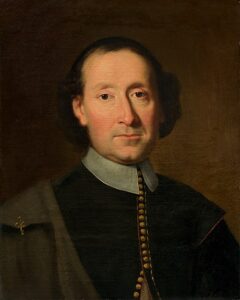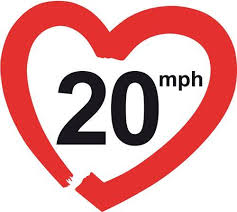
As Russell Shorto wrote in his 2005 classic, The Island At the Center of the World, values like tolerance, diversity, cooperation, and practicality came out of New Amsterdam, not the pilgrim settlements in Boston. So did our focus on making money.
Adriaen van der Donck, a lawyer, whose honorific of Jonkheer (literally “young lord,” more accurately “esquire”) gave us Yonkers, was a Leiden University graduate whose fight with Peter Stuyvesant created the continent’s first two party system.
It’s these values that may be behind all the Yankee-style “NY” hats I found everywhere in the Netherlands. They come in all sorts of color combinations. The Dutch don’t care what you call a place so much as that you know it’s there.
In the 21st century, most Americans live in densely populated cities. Applying Dutch values to how we move in those cities make that density livable.
That’s what I’ve been trying to learn on my trip here.
Dutch Values on Atlanta Roads

The Netherlands tried that. It didn’t work. Today’s fietspaden take a variety of traffic, from bikes and e-bikes to rolling wheelchairs, from cargo bikes to electric tricycles. It’s the variety of traffic in an age of e-transport that makes this beautiful. You only go 15 mph, but when the city is just a few miles to each side that’s no hardship.
Where I live, Atlanta’s leaders want to get more people in their city. They are on a 30-year plan, building a network of trails, to make that happen.
The plan won’t make it happen. Trails aren’t enough. Trails give all the road to cars, and there’s not enough room for them as it is.
Before people use smaller, slower forms of transportation they need to feel safe. For them to feel safe, cars need to slow down. Atlanta is physically larger than any Dutch city, so I suggest giving Neighborhood Planning Units (NPUs), now devoted to screaming “no” over density, the ability to help designate 20 mph (30 kph) roads in their neighborhoods.
Any two-lane street going through a residential area, and any narrow street in a commercial area, is at 20 mph already. That’s as fast as traffic can move safely now. Measure the speeds, measure the traffic loads, and give neighbors some red paint so they can make that point clear.
20 Mph Math

If a car hits a bike, it’s the car’s fault, period, end of story. I don’t care if the bike jumped out at you from the corner. It’s your job to watch out. At 20 mph you can do that. Oh, and no more right on red lights. You’re not looking for bikes or pedestrians when you make those turns. I’ve seen you. You shouldn’t make them.
What about the cost? The distance between Decatur City Hall and Atlanta City Hall is 6 miles. At 30 mph that drive will take you about 12 minutes. At 20 it will take you 18 minutes. You can save a lot of lives by giving up those 6 minutes.
Of course, we can still have roads without bike lanes and a higher posted limit. But these should be the exception.
Accepting Density

Bike trails are great, but they don’t make a city bikeable. Streets safe from speeders make a city bikeable.
There are two reasons for being on a bike, recreation and transportation. Atlanta is only thinking of bikes as recreation. When there’s a 20 mph speed limit bikes become transportation.
Once you see bikes as transportation, density becomes acceptable. If you can go 5 miles in any direction safely, in less than a half hour, you may not need a car, especially when there’s Uber. Once you see bikes as transportation, the whole world changes.
Draw a circle around Atlanta’s city hall with a radius of 5 miles. You can get to the border with Decatur, or well past the Ansley Mall. You can get to Shirley Franklin Park or Ft McPherson. The Beltline is less than 5 miles away, in almost any direction. Once you can do that, draw circles like that around other major job centers, around Dunwoody, or the Galleria, even around Alpharetta, and begin applying the same principle of narrow 20 mph through streets to them.
You may have to cut through some cul de sacs, but once bikes are the norm, that cut through becomes narrow, and maybe even acceptable.









